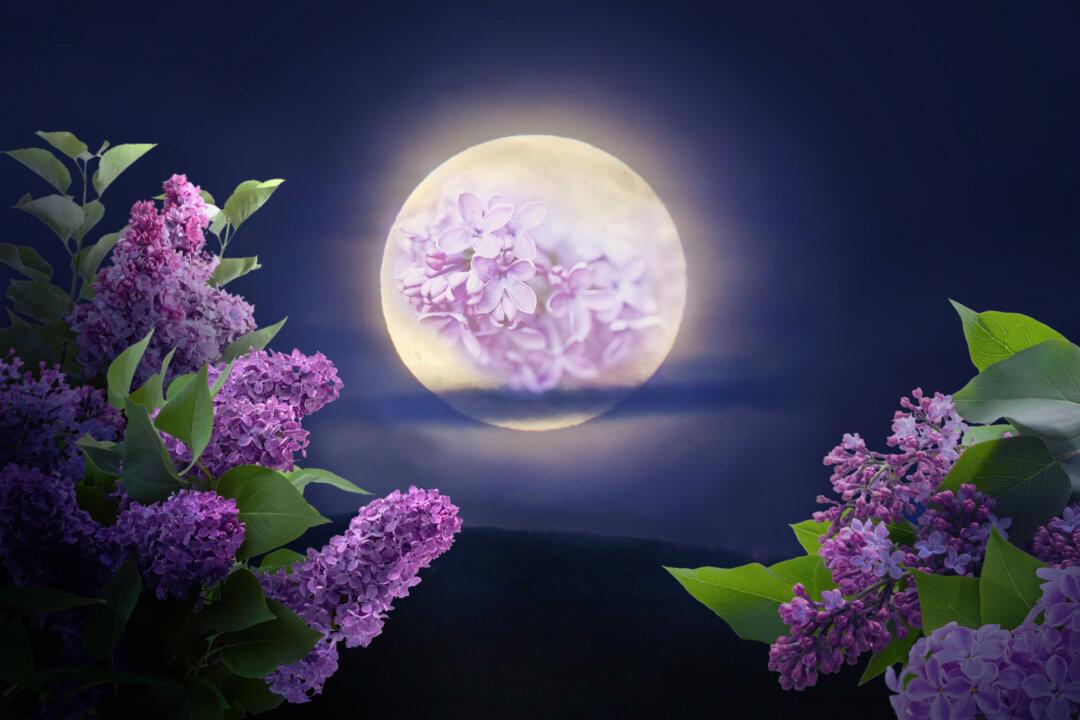Less than nine hours after June’s solstice, the new moon will appear before sweeping directly in front of the Sun on June 21, forming the most impressive “ring of fire” annular solar eclipse of the decade.
On Sunday, June 21, the eclipse will begin at sunrise in the Republic of the Congo and travel northwest across central Africa, the Red Sea, the Middle East, the Gulf of Oman, Pakistan, and India.
It will then travel east and then southeast across China, Taiwan, the Philippine Sea, and south of Guam, ending at sunset over the North Pacific Ocean.
Sadly, the annular eclipse will not be visible for those in North America.

An annular eclipse is a solar eclipse where the Moon passes directly in front of the Sun but does not cover it completely, creating the appearance of a glowing halo around the Moon, though often for only a minute or so.
There are two eclipse seasons each year, each lasting for about a month or so—last year featured a “Christmas eclipse” on Dec. 26 in the Middle East and parts of Southeast Asia. However, unlike most eclipse seasons where there are typically only two eclipses, June and July of 2020 will feature three.

The second upcoming eclipse is very close to the middle of the season; not only will it thus be an impressive sight to behold but it will also allow room for two more eclipses on either side during the season. The first and third almost miss being eclipses at all, however.
The June 21 eclipse will be particularly grand, as the Moon will block out 99 percent of the Sun, making it almost a total solar eclipse. This one will also darken the skies more than most annular eclipses, and the “ring of fire” that appears could possibly even allow a glimpse of the corona—the white-hot atmosphere surrounding the Sun, which is normally invisible to the eye.

For those hoping to catch sight of the annular eclipse, however, it’s important to use proper eye protection. Regular sunglasses will not suffice, and watching an eclipse without proper eyewear can cause eye damage or blindness.
The next time an annular solar eclipse to grace North American skies will be on June 10, 2021, just weeks following a “blood moon” total lunar eclipse. The ring of fire will be visible in northern Ontario and northern Quebec.






